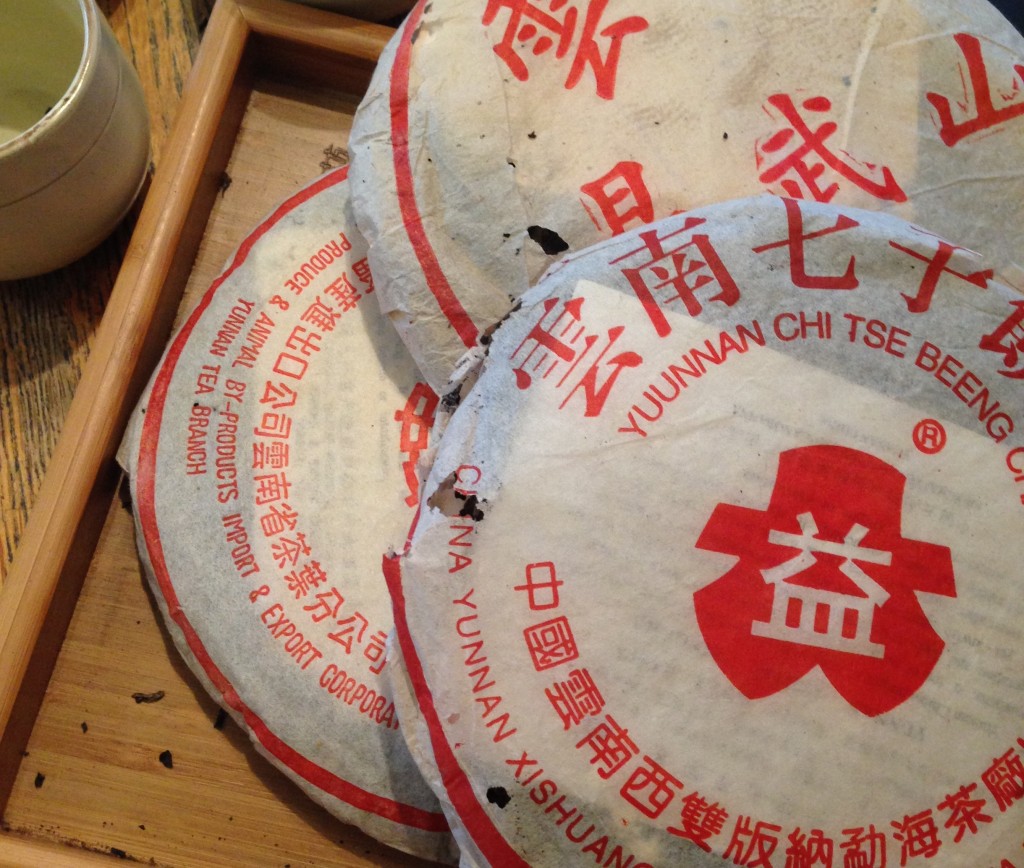Things that have been occurring in the tea world that I like and dislike..

The Secondary Market & Reselling Uncertain Storage
You buy a few dozen tongs, a jian or two, and of course some stamps. All for the sake of investment and maybe a little bit of drinking.. Then you go into hibernation and reawake 10 years later to a fortune. That’s a pu’erh fantasy.. We can see some people following this model in the western-facing market with people. They are selling their tea bought 5-10 years ago (see: Far Wenwa, Adventure in Every Cup) and a bit more of reselling in the Taiwanese market (see Emmett XZH, CYH), where people who bought the teas when it first came out are now selling previously unopened cakes.
There’s a couple things that usually happen in order to cash in.. First you’ll need to price the tea. This usually involves referencing the market. If they want the tea to sell, a third party seller needs to discount their tea beneath retail.. There are inherent risks buying from a third party seller and there needs to be an incentive for the buyer to take that risk (usually a reduced price). If I were someone who bought 25 White Whales and wanted to sell half my White Whale stash, I’d have a very difficult time selling a White Whale brick for $40, currently retailing for $34.
Assuming the tea is the real deal another risk for the buyer is the tea’s storage. Vendor’s storage are usually a known quantity. Buying from someone else is not. Many of these teas being sold have been stored privately for 10 years.. If it’s stored in the US, then it was probably pretty dry stored. On the other hand the storage on the XZH and CYH being stored in Taiwan can be a bit variable… Some are reasonably clean. Others have been more humid..
Four Year Old Pu’erh != Aged
When does a pu’erh count as aged? You’ll get a lot of different answers depending on who you ask. For Deng Shi-hai it’s apparently something like 50 years (if you don’t believe me, try his teas…). If you’re not too picky and like traditional storage you can end up with something dark colored and serviceable more quickly. The aged line has always been ambiguous and depends a lot on context or who you’re asking.
One thing I find to be annoying is the practice of labeling teas as young as 4 years old as “aged tea”. Non pu’erh specialists are especially guilty of this. I don’t care how it was stored.. Four year old tea is not anywhere close to aged and while it may be showing some very small hints of a maturation it’s really nowhere close under any working definition. Market the tea for what it is.

2017 Prices are up
Maocha prices are supposedly up, allegedly a result of demand and a lower crop yield. This means that 2017 pu’erh in general will be more expensive. When prices rise for raw material it usually trickles down to other tea prices, 2016 teas will be more expensive, 2015, will be more expensive, and the rest of the pu’erh market price of teas will react..
Old Blogs Coming Back
This is a great thing! We’ve seen Mattchas and Listening to Leaves and even Bears Blog (who is also moving to Seattle!). Writing and content creation is a difficult discipline and hard to keep up with. It’s no surprise that most of the blogs from ten years are no longer active.
Conversation and food for thought in the western world about gongfu is important. Having more people writing posts is an important springboard for conversation and discussion. These two blogs also cover pu’erh, which is an extremely interesting genre of tea to revisit after time has passed. Go check out those blogs!
FB Tea Groups
If you’re looking for more discussion on tea, a lot has moved online to groups like Gong Fu Cha or Puerh Tea Club. These groups function kind of like the forums of previous years and can be a place to engage in tea discussion.
These groups are not perfect.. It’s not really the western pu’erh world without any nonsense. In the west, we’ll take what we can get.
https://www.instagram.com/p/BRtHW9Phvw5/?taken-by=teadborg

Leave a Reply to Aardvark Cheeselog Cancel reply